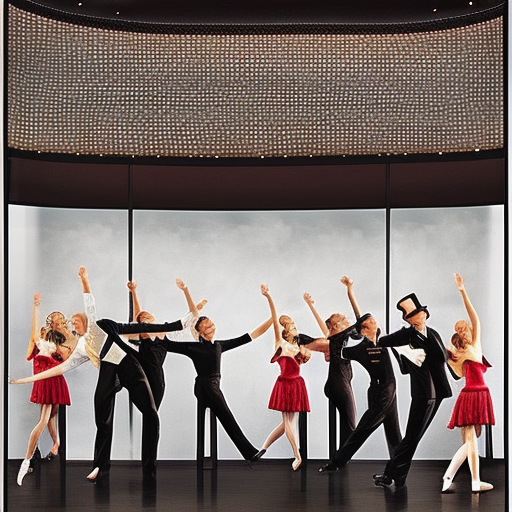Summary: Tap dance is a lively and rhythmic form of dance that originated in African American communities during the late 19th century. It combines elements of African dance, Irish step dance, and English clog dancing. Tap dancers use their feet to create intricate rhythms and sounds, often accompanied by music. Over the years, tap dance has evolved and incorporated various styles and techniques, becoming a popular form of entertainment and a significant part of American culture.
Origins and Influences
Tap dance has its roots in African American communities, particularly in the era of slavery. Enslaved Africans brought their traditional dances and rhythms to America, which eventually blended with European dance forms. The combination of African dance, Irish step dance, and English clog dancing gave birth to what is now known as tap dance. The syncopated rhythms and intricate footwork of tap dance were influenced by the polyrhythms and improvisation of African dance, as well as the percussive footwork of Irish and English dances.
Evolution and Styles
Tap dance gained popularity in the early 20th century, with performers like Bill “Bojangles” Robinson and the Nicholas Brothers showcasing their skills on stage and in films. As tap dance spread, different styles and techniques emerged. The “hoofing” style, characterized by powerful and aggressive footwork, became popular in the 1920s and 1930s. The “flash” style, on the other hand, focused on intricate footwork and fast-paced movements. In the 1940s and 1950s, tap dance incorporated elements of jazz, with dancers like Gene Kelly and Fred Astaire blending tap with other dance styles.
Technique and Skills
Tap dance is characterized by the use of tap shoes, which have metal plates on the heels and toes that create distinct sounds when they strike the floor. Dancers use their feet to create rhythms and beats, often accompanied by music. The technique involves using different parts of the foot to produce various sounds, such as toe taps, heel digs, shuffles, and flaps. Tap dancers also incorporate syncopation, improvisation, and intricate footwork into their routines.
Tap Dance in Popular Culture
Tap dance has had a significant impact on popular culture, particularly in the entertainment industry. It has been featured in numerous films, musicals, and television shows, showcasing the talent and skill of tap dancers. Some notable examples include “Singin’ in the Rain,” “42nd Street,” and “The Tap Dance Kid.” Tap dance has also influenced other dance styles, such as hip-hop and jazz, with elements of tap incorporated into their choreography.
Tap Dance as an Art Form
Tap dance is not just a form of entertainment; it is also considered an art form. Tap dancers express themselves through their movements, rhythms, and improvisation. They use their bodies as instruments, creating intricate and complex rhythms that captivate audiences. Tap dance is often performed in both solo and group settings, with dancers showcasing their individual skills and engaging in rhythmic conversations with each other.
Conclusion
Tap dance is a vibrant and dynamic form of dance that has its roots in African American communities. It has evolved over the years, incorporating various styles and techniques, and has become a significant part of American culture. Tap dancers use their feet to create intricate rhythms and sounds, showcasing their talent and skill. Whether performed on stage, in films, or as part of popular culture, tap dance continues to captivate audiences with its energy and creativity.












